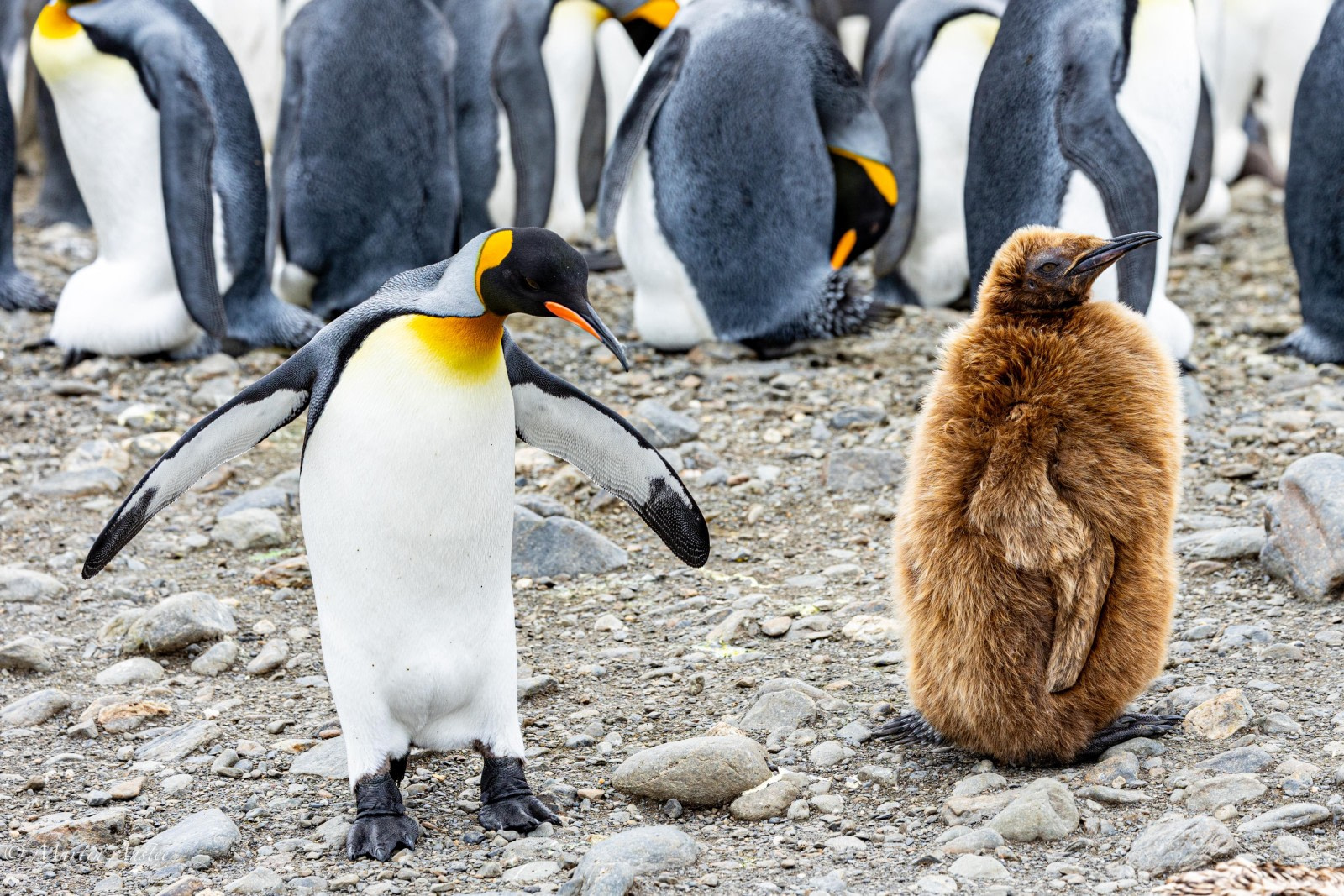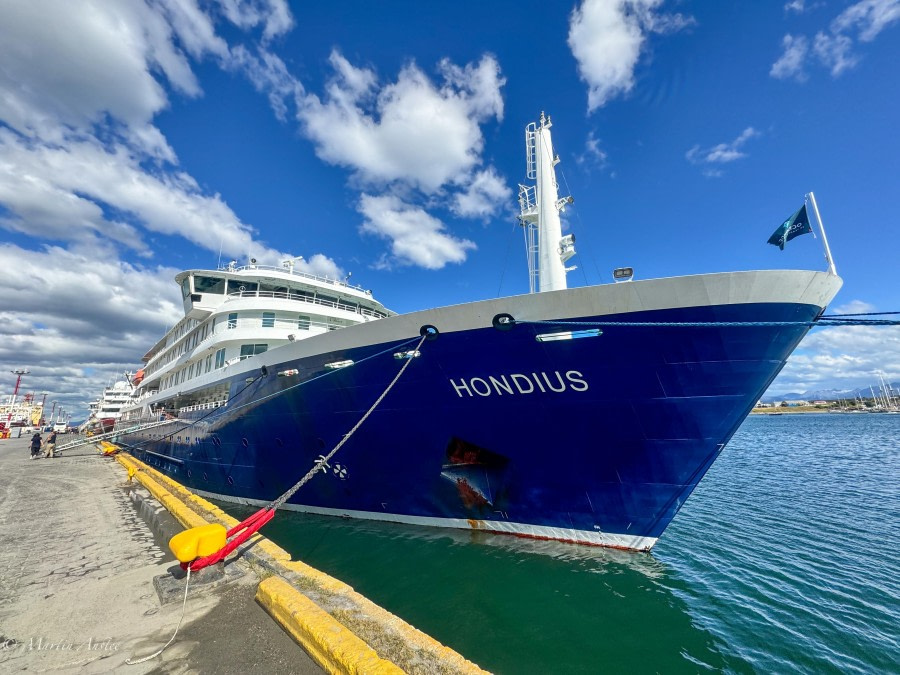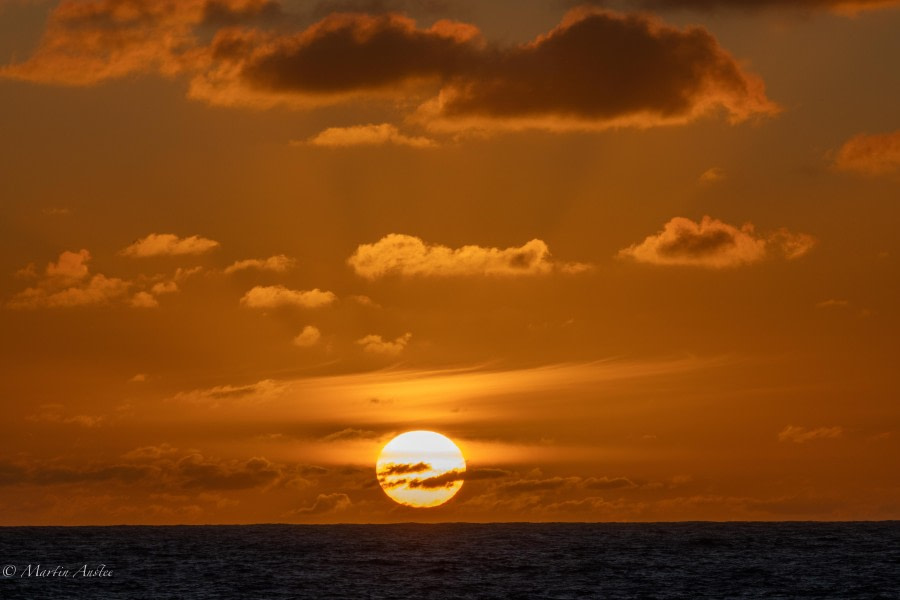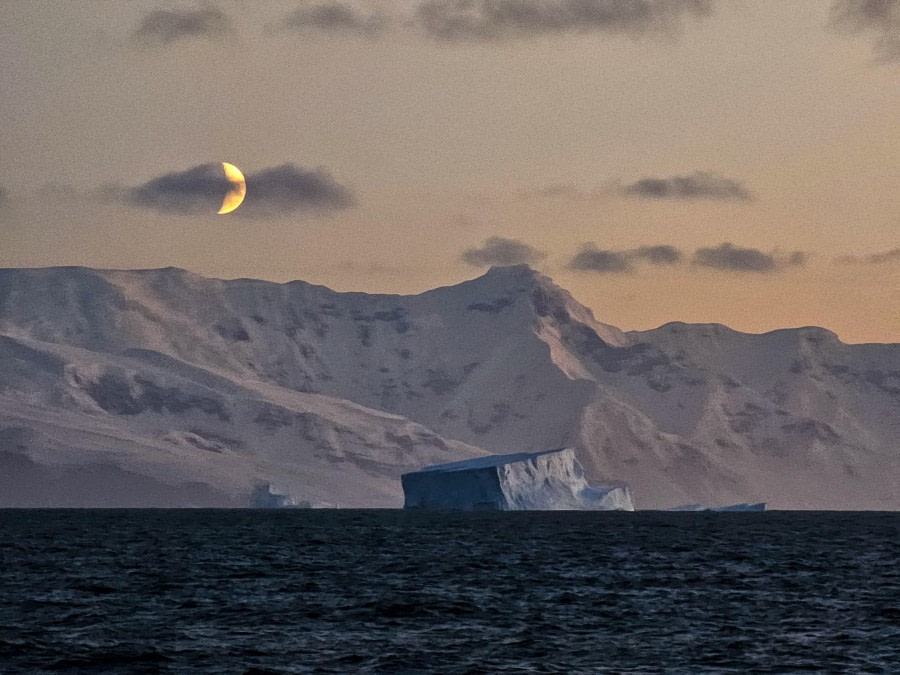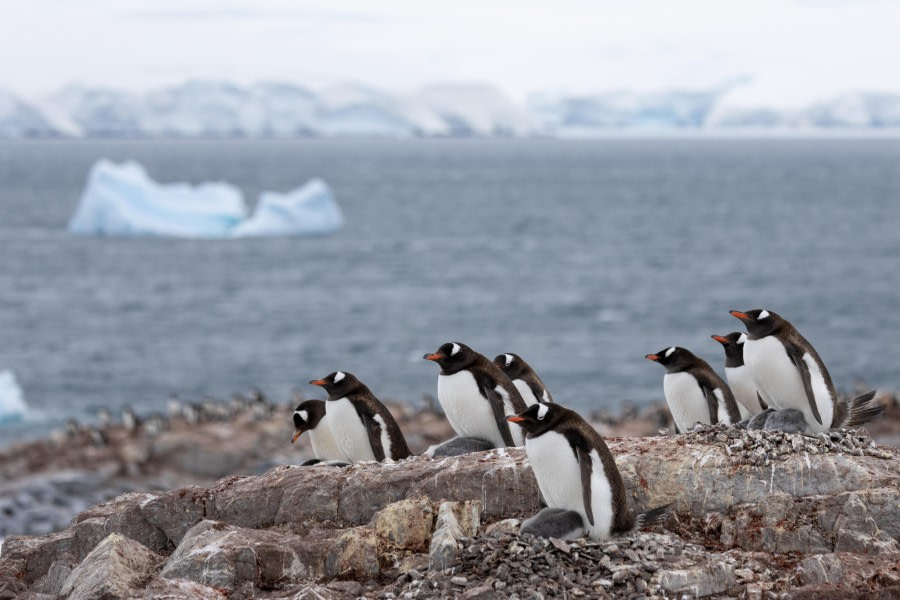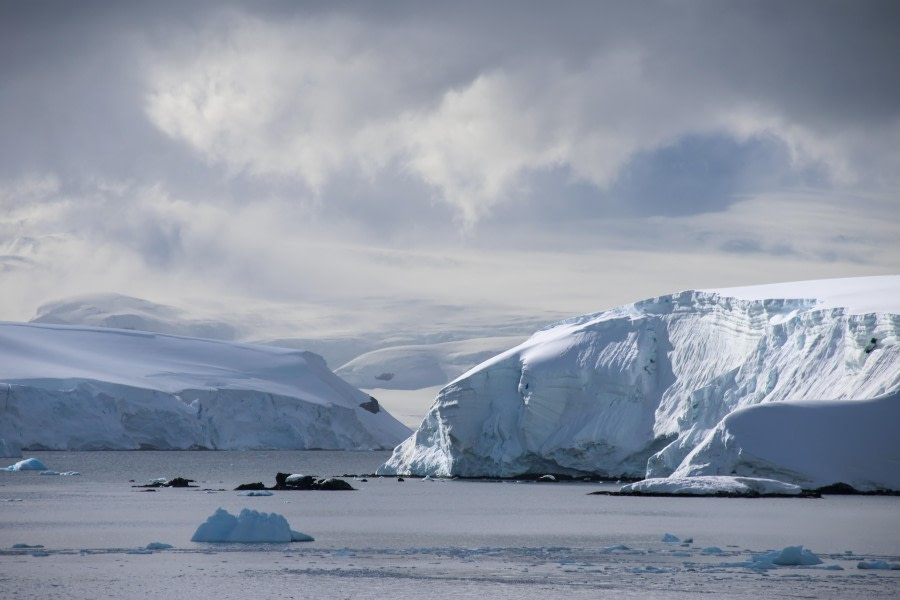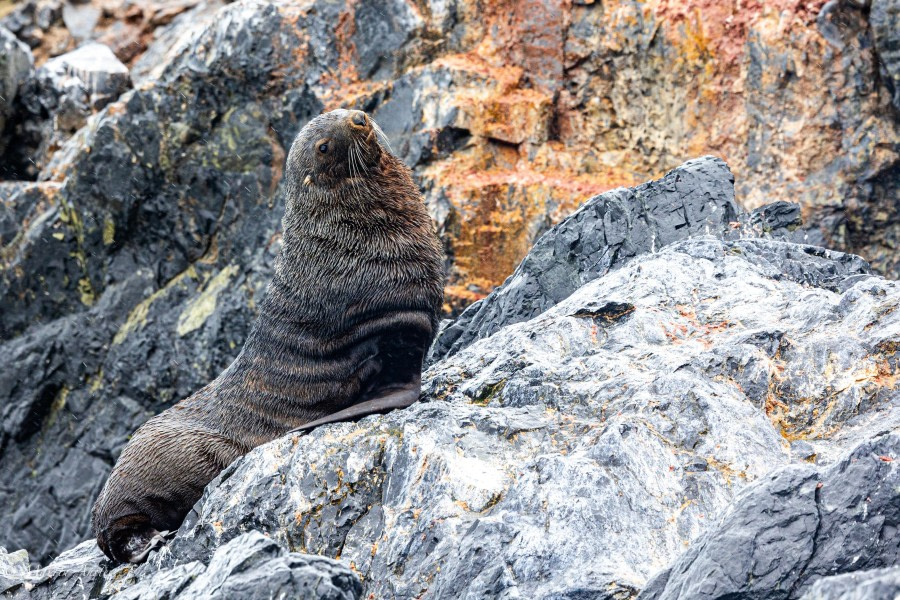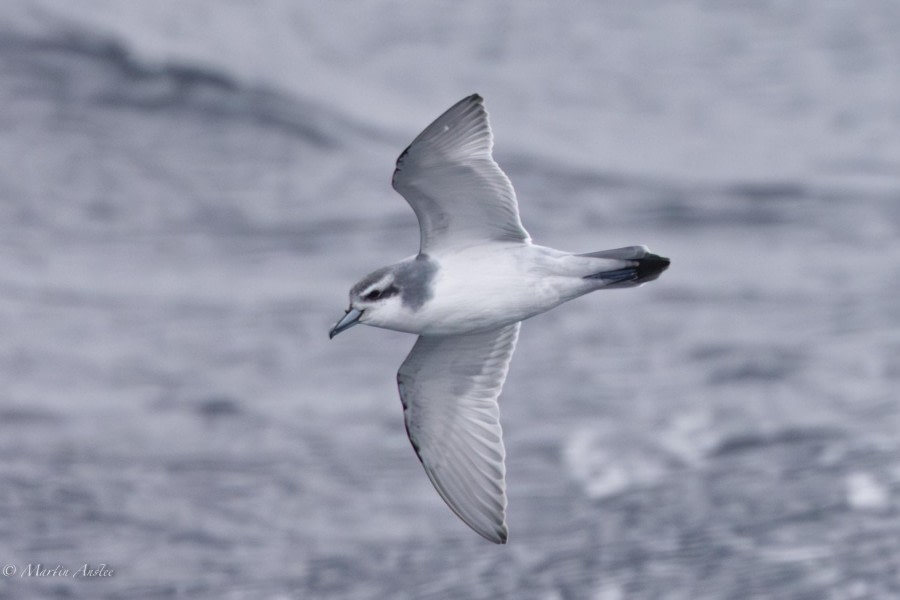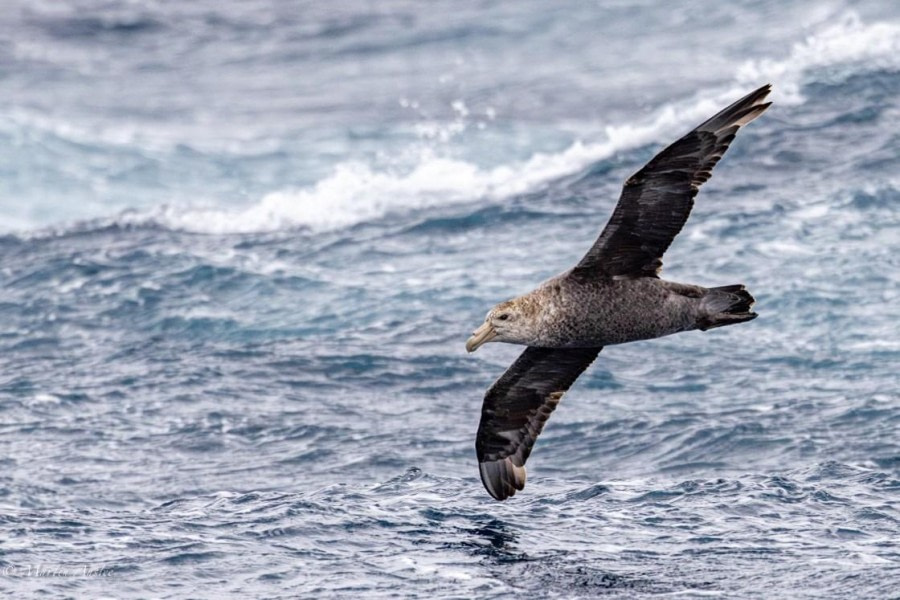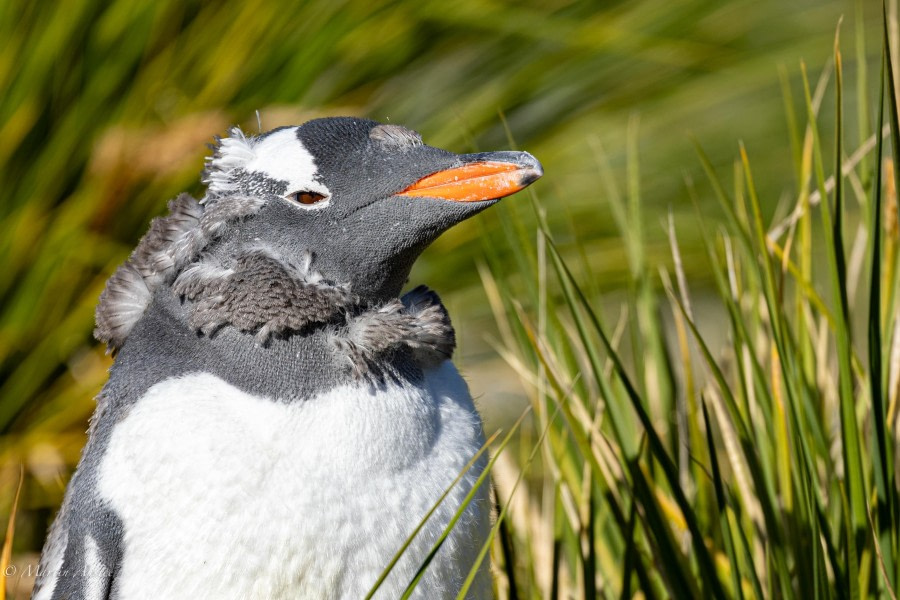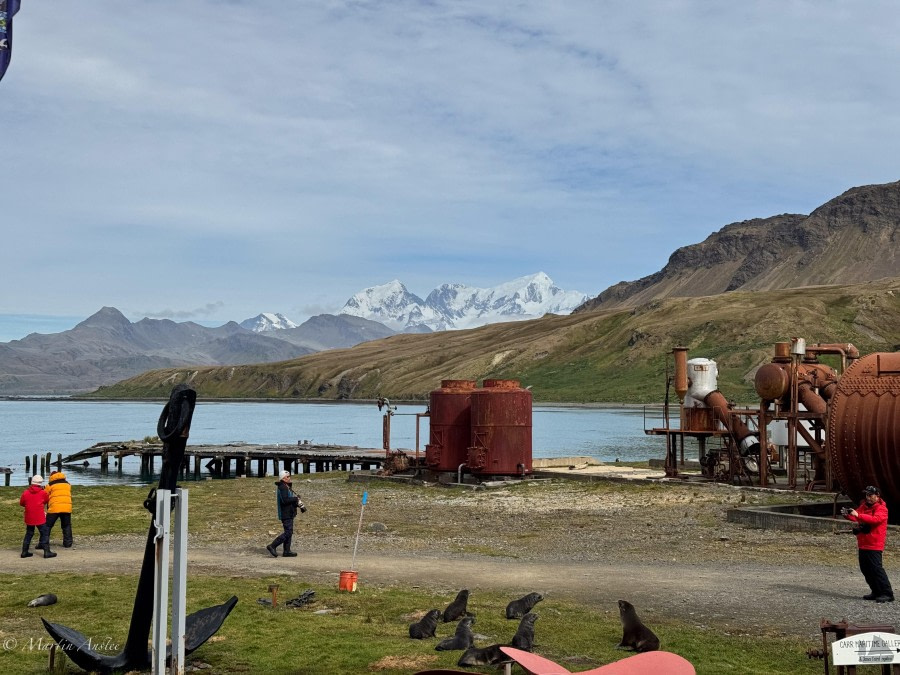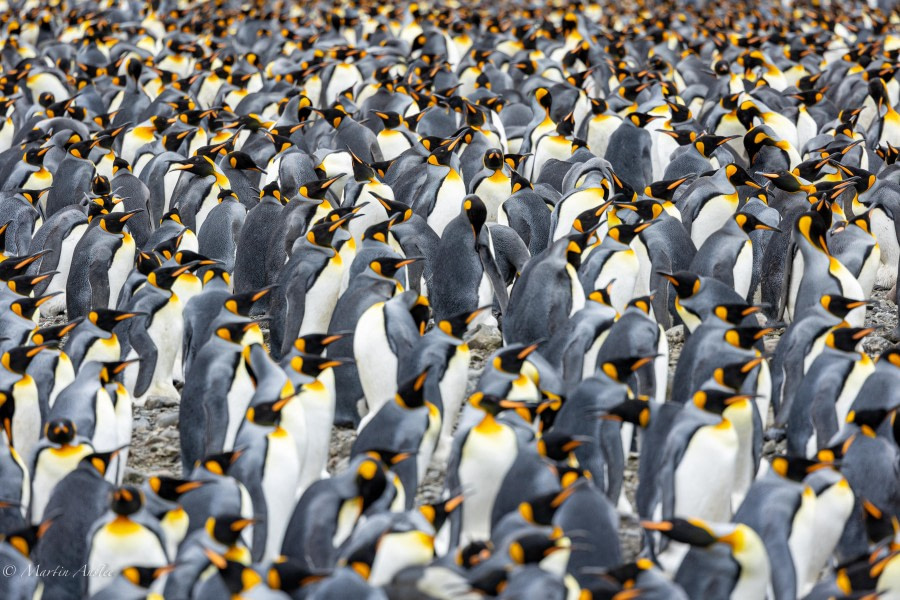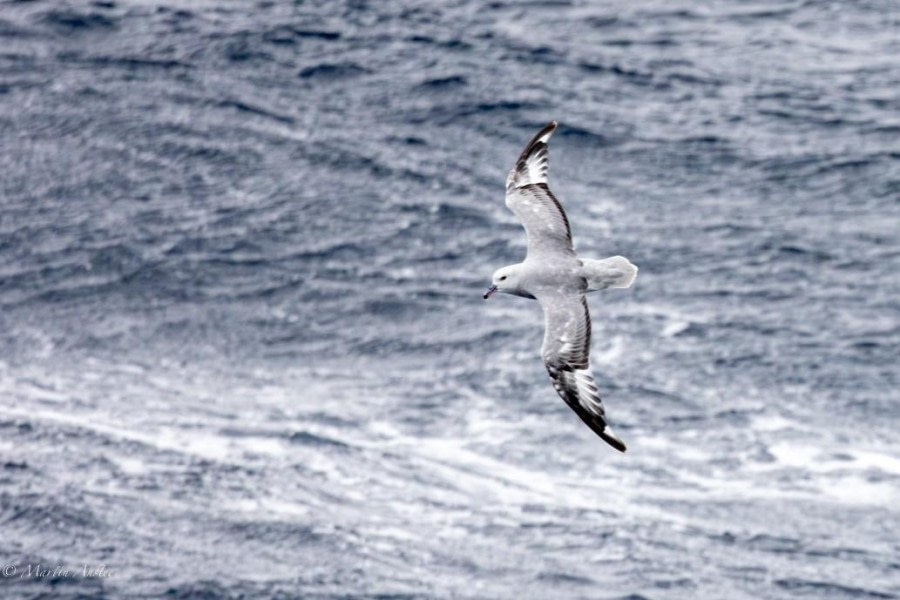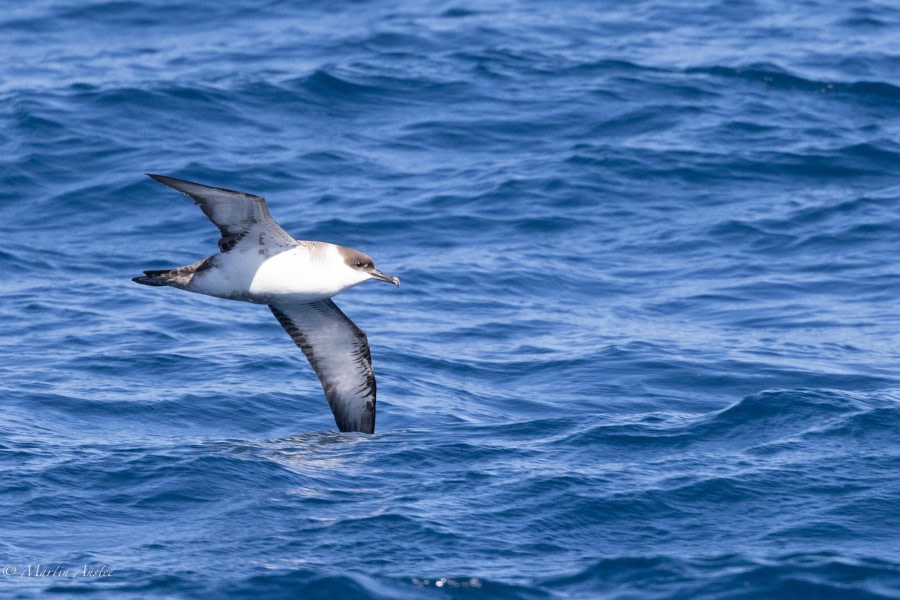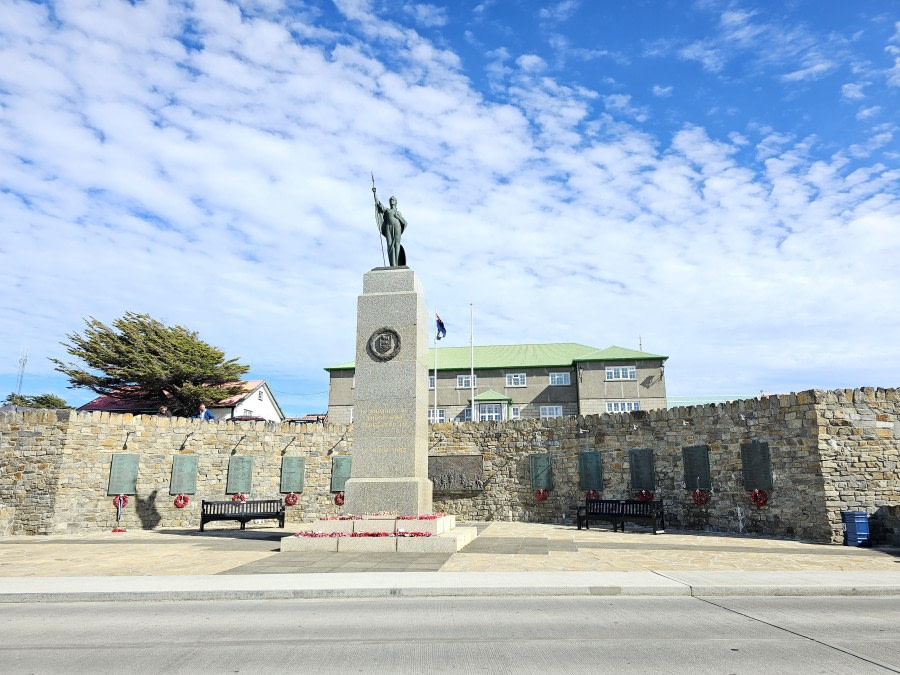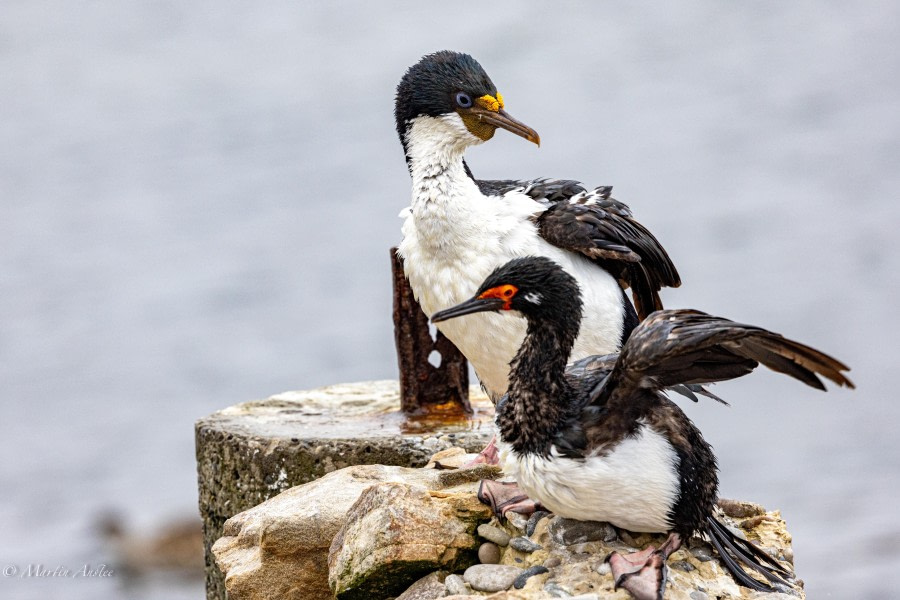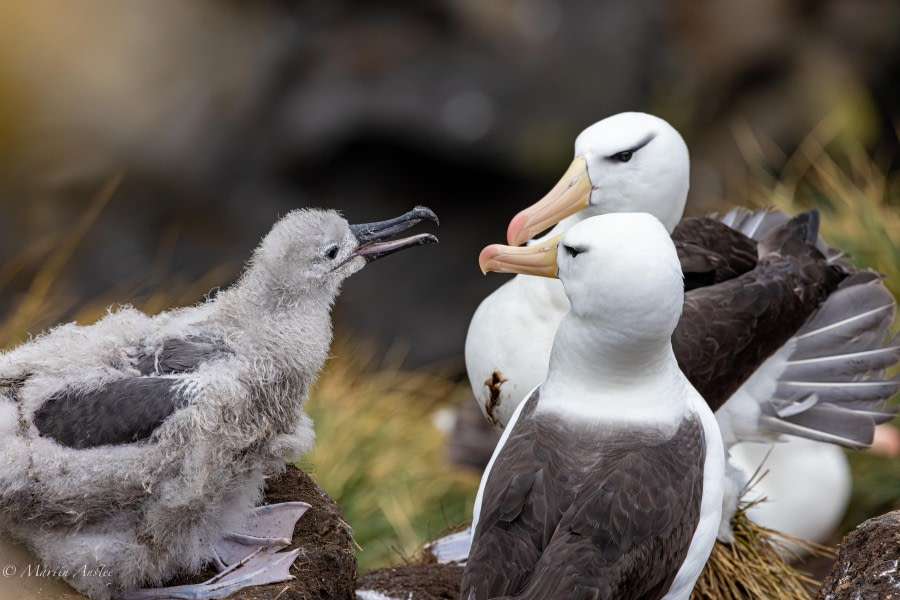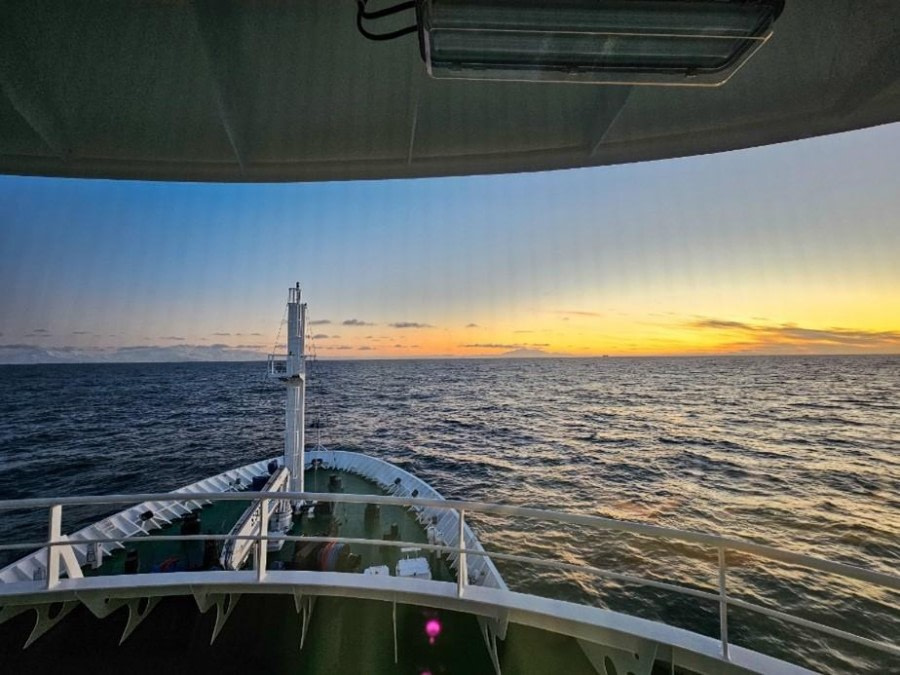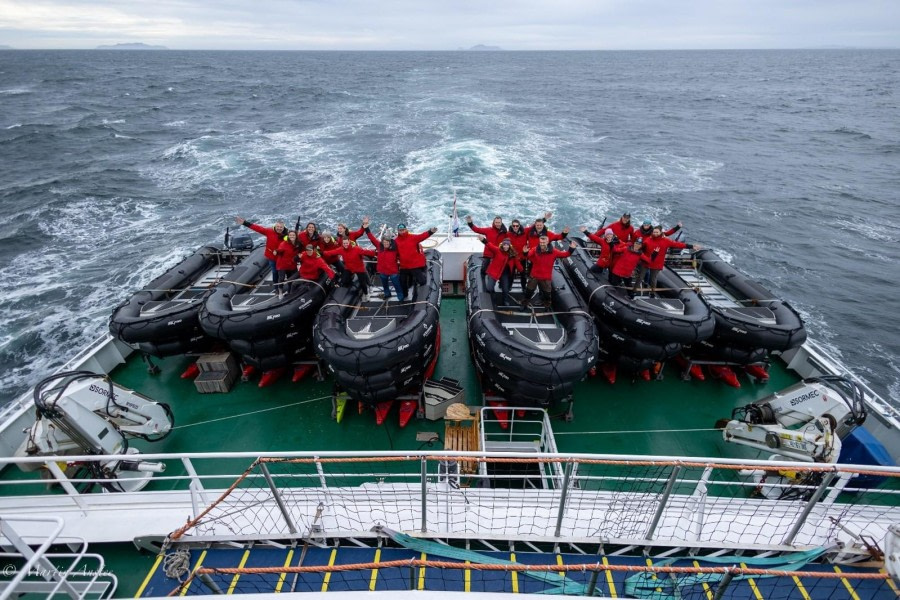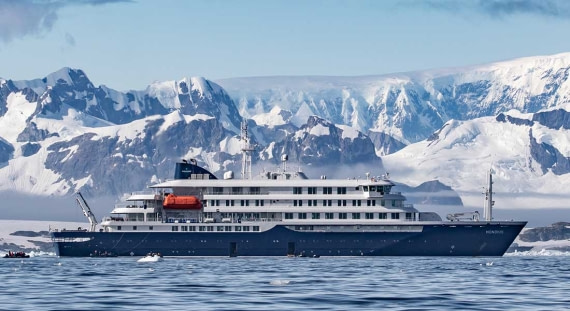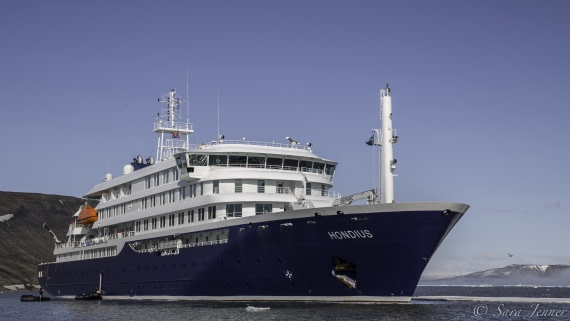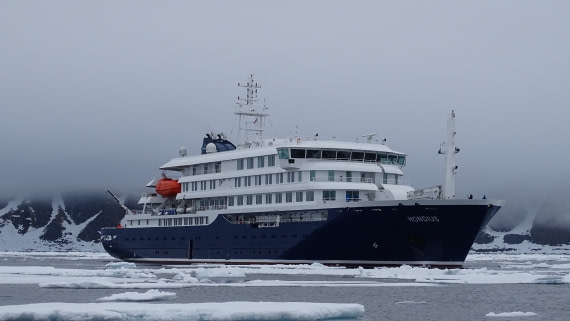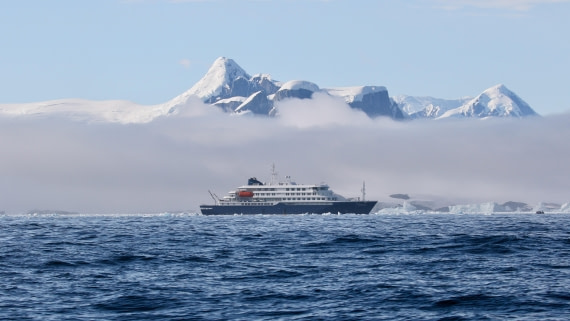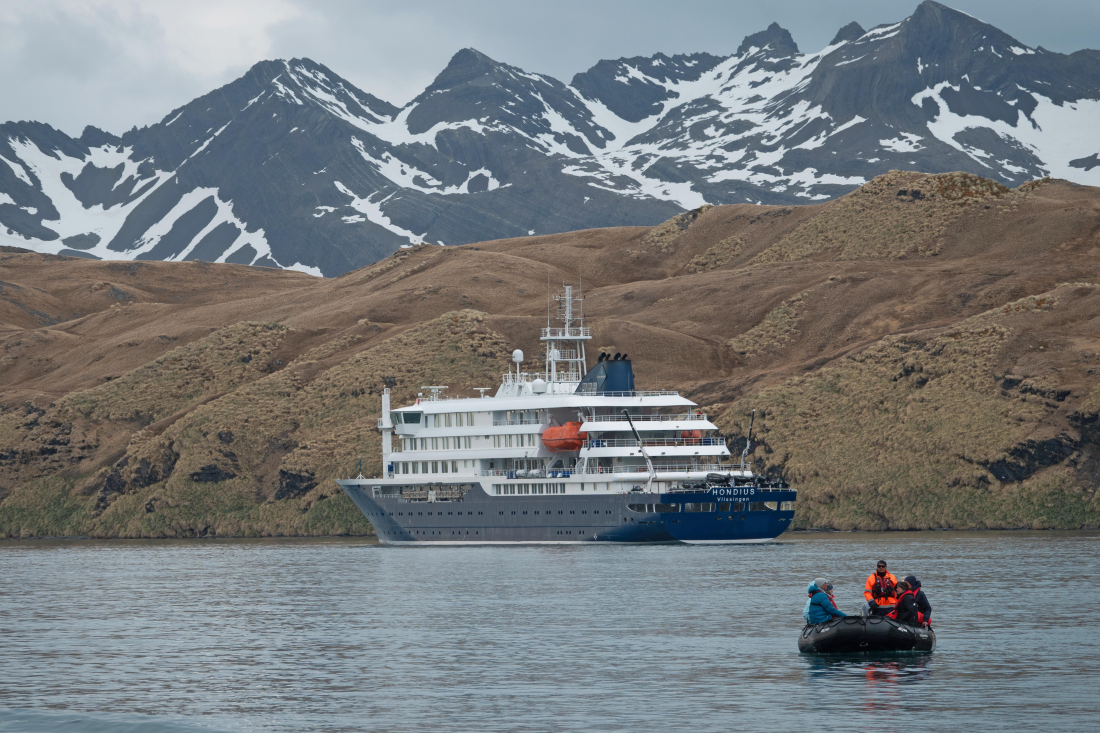| Datum: | 01.02.2024 |
| Positie: | 54° 51,8 'S / 068° 01,9 'W |
| Wind: | NE- 3 |
| Weer: | Gedeeltelijk bewolkt |
| Luchttemperatuur: | +14 |
Verscholen tussen de torenhoge pieken van het Martialgebergte en het winderige Beaglekanaal ligt de pittoreske stad Ushuaia, waar we echt het gevoel hadden aan het 'einde van de wereld' te zijn. Deze havenstad ligt op het zuidelijkste puntje van Argentinië en is de hoofdstad van de Tierra del Fuego (wat "Vuurland" betekent) archipel. Het markeert het einde van Zuid-Amerika en fungeert als aanloophaven voor Antarctische reizen. Maar dit was nog maar het begin van ons avontuur! Voor we het wisten, zouden we nog dichter bij de uiteinden van de aarde komen. Reizigers van heinde en verre verzamelden zich op de pier en wachtten vol spanning op de inscheping aan boord van de MV Hondius.
Toen we de loopplank opliepen en voor de eerste keer voet aan boord van de Hondius zetten, werden we verwelkomd door hotelmanager William die ons onze hutkaarten overhandigde en ons met behulp van de warme vriendelijke bemanning naar onze kamers leidde. Onze bagage wachtte ons op in onze hutten en we begonnen ons in te werken in ons nieuwe 'thuis'.
Daarna volgde Chief Officer Matei voor een verplichte veiligheidsbriefing waar we onze fel oranje reddingsvesten aantrokken en ons verzamelden op onze toegewezen verzamelplaatsen, gevolgd door een veiligheidsoefening waar we te zien kregen waar onze reddingsvlotten bewaard worden. Toen we uit Ushuaia vertrokken, verzamelden we ons in de Observation Lounge voor een feestelijk drankje en hapjes met kapitein Artur uit Rusland die ons en zijn bemanning toostte op een veilige en succesvolle reis. Vervolgens stelde Expeditieleider zichzelf en het Expeditieteam voor; dit zijn de mensen die ons in de zodiacs zullen rijden, lezingen zullen geven, onze landingen zullen plannen en ons veilig zullen houden terwijl we de prachtige maar geïsoleerde plaatsen op onze reis verkennen. Chris nam het expeditieplan met ons door en de sfeer gonsde van opwinding. We werden echter gewaarschuwd dat de term 'plan' heel vloeibaar is en dat we kunnen verwachten dat we heel snel van 'Plan A' naar 'Plan D' gaan. Dit was tenslotte een expeditie!
Daarna aten we een heerlijk buffet in het restaurant waar we kennismaakten met de geweldige bemanning die de komende 20 dagen voor al onze maaltijden en drankjes zou zorgen. S Avonds brachten we tijd door met uitpakken, uitrusten van de jetlag, kennismaken met onze nieuwe 'scheepsfamilie' en natuurlijk buiten wild spotten. Later op de avond waagden we ons weer in de lounge waar we deelnamen aan de zeer belangrijke IAATO (de International Association of Antarctica Tour Operators) en zodiac operations briefings, die verplicht zijn voor onze activiteiten in de Antarctische en subantarctische gebieden.
De bemanning en het personeel aan boord waren allemaal erg gastvrij, vrolijk en wilden ons graag thuis laten voelen. We waren zo opgewonden voor wat de volgende dag van avontuur zou brengen!
